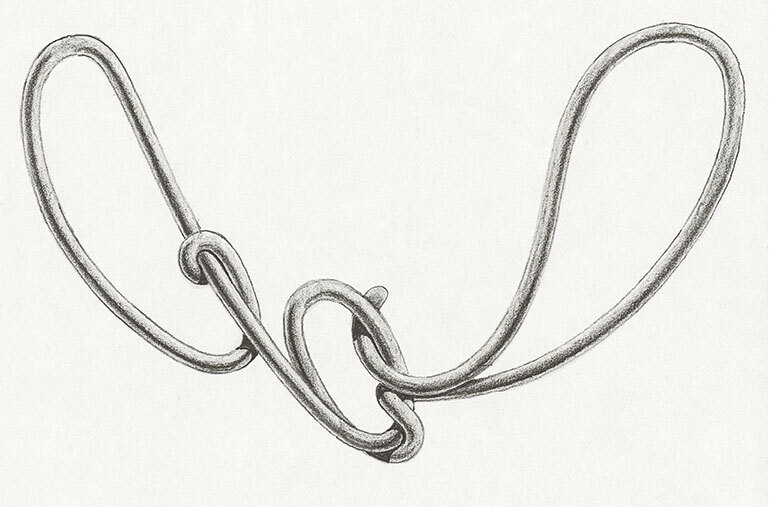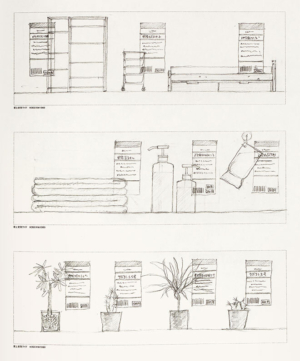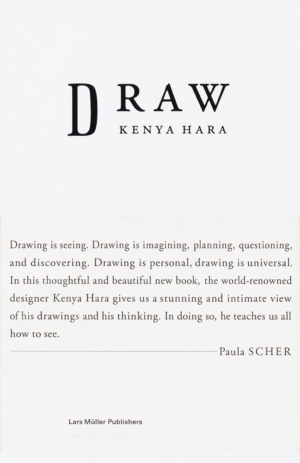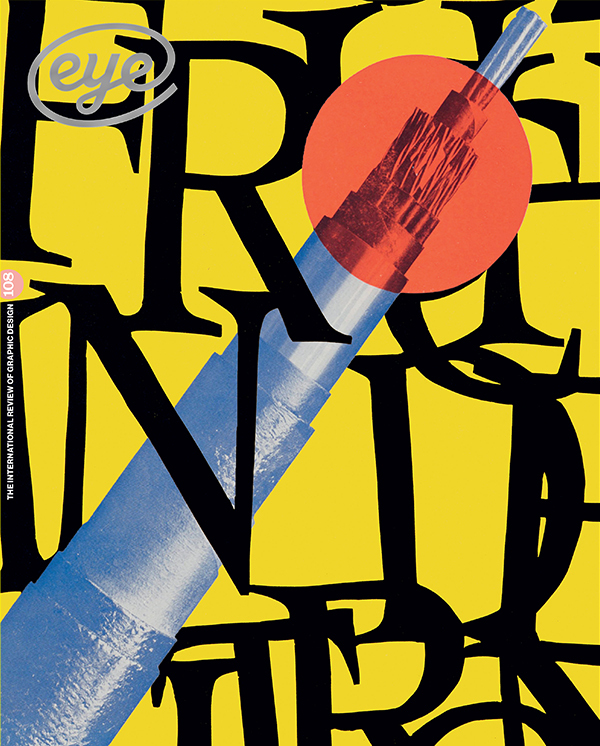Spring 2025
The nature of a pencil
Draw
By Kenya Hara Designed by Kenya Hara Lars Müller Publishers, CHF 60 Reviewed by Lucinda Rogers
In this chunky white book Kenya Hara traces his career by filling the pages with some of the thousands of sketches that have been a vital part of his practice. Six text pages contain reflections on his philosophy and major work from 1983 to the present: commercials, posters, visual identities and large exhibitions on grand themes such as ‘the future of the house’.
Hara is rather self-deprecating about his ‘sketches’ and warns that this is not a collection of art. But he has strong ideas about what he believes they represent, finding a sort of magic in a process that can ‘release the images I hold in my soul’. He once took drawing classes to improve his skills and slowly realised that a sketch is instead a means to draw out what is in our imagination and then, for him, connect it with the reality of a design problem.

There are two sorts of drawing in the book and only one I would call ‘sketches’ or the rapid communication of an idea. They include Hara’s bridge designs, the routes through an exhibition or a paper crown for a chocolate. Larger sketches visualise campaigns for Michelin and Muji, a client since 2002, and there are some spreads that are storyboards or page plans with each tiny layout containing many nice details and pencil annotations in Japanese.
The other sort of drawing I would call drawings, not sketches, as they are more measured and seem more expressive of Hara’s feelings, exemplified by the large, curvy, shaded, natural forms on the first eighteen pages of the book: ‘I drew what came into my head,’ he says. Sometimes a single idea conjures a long sequence of drawings that flow naturally from one to the other, like a Tokyo Olympics symbol with figures forming in circles and morphing into a globe and planets. You feel he would rather carry on drawing than pick one image for commercial use, reflecting a tension between his personal ideals and the commercial necessities in play, such as Muji’s need to sell more brooms and toothbrush holders. A feeling for the natural world and travelling to its far corners comes across in drawings of coral, maps, birds and projects like his 2025 Blue Ocean Dome pavilion to address marine pollution. Hara believes the Japanese aesthetic stems from a respect for the transcendental presence of nature.
Above all, his book celebrates the love of the simple pencil that can do anything on a piece of white paper, making decisive gestures or filling in an outline to give a flat shape life. I draw in ink and the line is either there or it is not, whereas a pencil can respond more hesitantly to feelings as they occur. Stopping to dip the nib in the ink breaks the flow momentarily, whereas the pencil will never leave the paper, if it chooses.
An architect once told me that clients engage better with sketches than with computer renderings that seem to be complete. In the same way, Hara’s hand, holding a pencil, is an indispensable tool for conveying his ideas to the world.
Lucinda Rogers, artist, illustrator, London
First published in Eye no. 108 vol. 27, 2025

Eye is the world’s most beautiful and collectable graphic design journal, published for professional designers, students and anyone interested in critical, informed writing about graphic design and visual culture. It is available from all good design bookshops and online at the Eye shop, where you can buy subscriptions and single issues.

